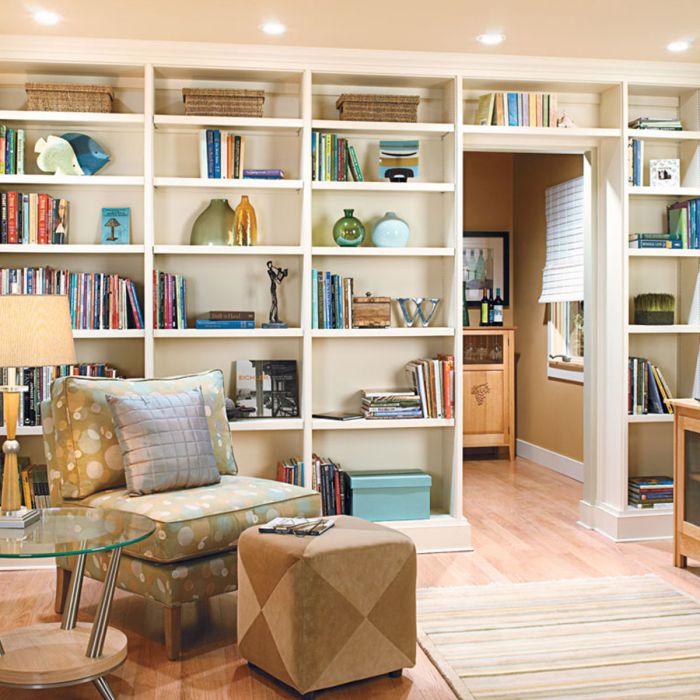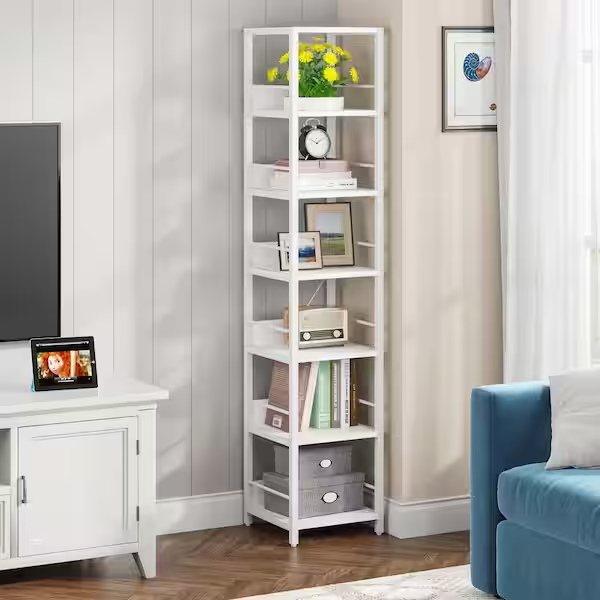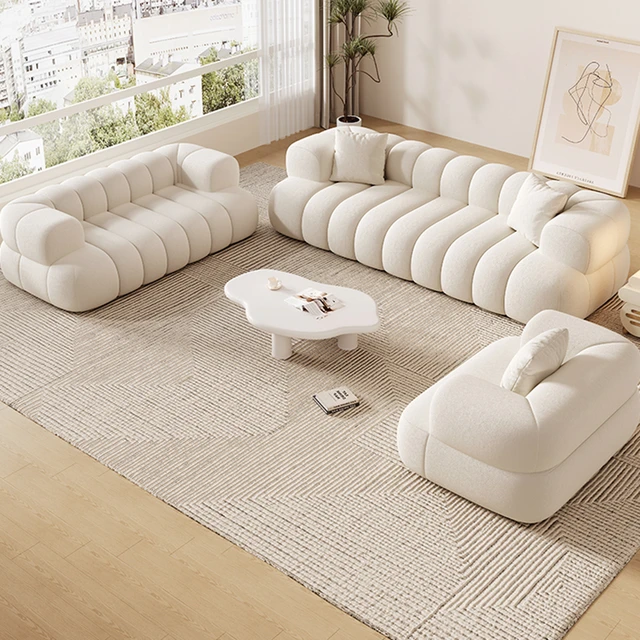 Introduction:
Introduction:
The sofa is a central piece of furniture in any living room, providing comfort, style, and a gathering place for family and friends. When shopping for a new sofa, understanding the average size can help determine its suitability for your living space. In this comprehensive guide, we will explore the average sofa size, including measurement considerations, popular sofa types and dimensions, and tips for selecting the right sofa size for your home.
Some advantages of sofas:
Sofas offer numerous benefits that make them a popular and essential piece of furniture in many homes. Here are some advantages of sofas:
Comfort: Sofas are designed to provide a comfortable seating option. They usually have padded cushions, armrests, and backrests that offer support and help you relax. Whether you want to curl up with a book, watch TV, or simply unwind after a long day, a sofa provides a cozy and inviting space to do so.
Versatility: Sofas come in various sizes and configurations, allowing you to choose one that fits your space and personal needs. From compact two-seater sofas for small apartments to sprawling sectional sofas for large living rooms, there is a wide range of options available to suit different preferences and room layouts.
Socializing and gathering: Sofas create a central gathering area in the living room or family room, making it easier for friends and family to come together and socialize. Whether it’s hosting a movie night, having guests over for a chat, or enjoying quality time with loved ones, sofas provide a comfortable and inviting space for social interactions.
Sofas are not just functional pieces of furniture; they serve as a gathering place, add style to a room, and provide a comfortable spot to relax. Their versatility, comfort, and aesthetic value make them a valuable addition to any home.
Understanding Measurement Considerations
Width:
The width of a sofa typically refers to the measurement from one armrest to the other.
Width is an important factor as it determines the seating capacity and the overall footprint of the sofa.
Depth:
The depth of a sofa is the distance from the front of the seat cushions to the backrest.
Depth affects both the seating comfort and the visual appeal of the sofa.
Height:
The height of a sofa refers to the measurement from the floor to the top of the back cushions.
Height plays a role in the overall proportions and visual impact of the sofa.
Popular Sofa Types and Dimensions
Standard Sofa:
A standard sofa typically measures around 70-90 inches in width, 30-40 inches in depth, and 30-36 inches in height.
This size offers comfortable seating for two to three people and fits well in medium-sized living rooms.
Loveseat:
Loveseats are smaller sofas designed for seating two people.
They generally measure around 50-70 inches in width, 30-40 inches in depth, and 30-36 inches in height.
Sectional Sofa:
Sectional sofas are comprised of multiple sections that can be arranged in various configurations.
Dimensions vary depending on the number of sections and the specific design, but they can range from compact options to large-scale pieces suitable for spacious living rooms.
Sleeper Sofa:
Sleeper sofas provide additional functionality as they can be converted into a bed.
Dimensions vary depending on the sofa type and size, with sleepers generally measuring around 70-90 inches in width, 35-40 inches in depth, and 30-36 inches in height.
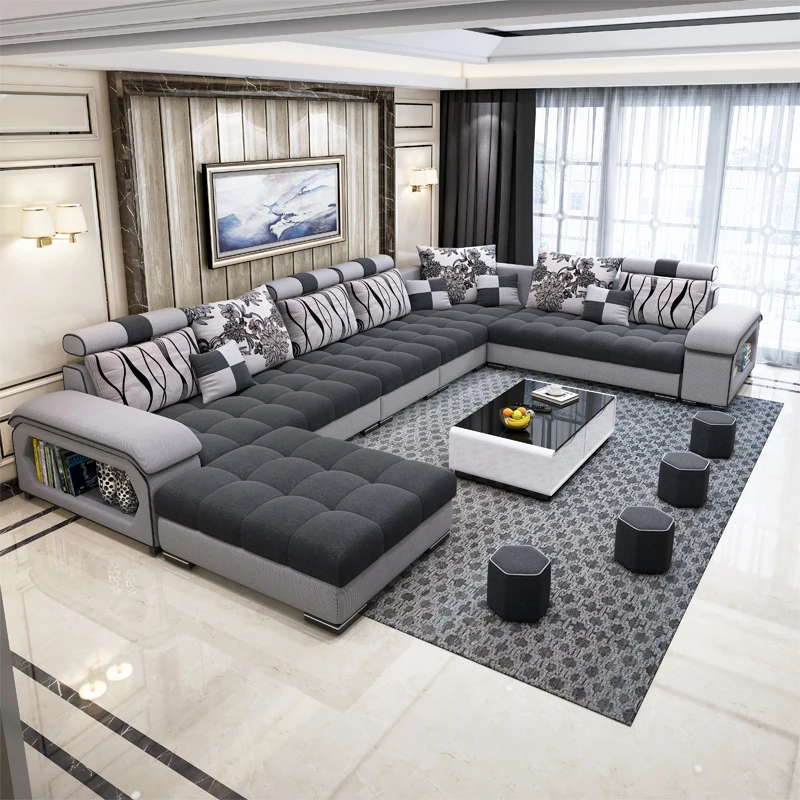 Selecting the Right Sofa Size
Selecting the Right Sofa Size
Room Size and Layout:
Consider the size and layout of your living room to determine the appropriate sofa size.
Take measurements of the available space, considering other furniture, walkways, and potential obstructions.
Comfort and Seating Capacity:
Determine your seating needs and preferences.
If you have a larger family or frequently host guests, opt for a larger sofa or a sectional to accommodate everyone comfortably.
Visual Harmony:
Consider the proportion and scale of the sofa in relation to other furniture and decor in the room.
A sofa that is too large or too small in comparison to other elements may disrupt the visual balance.
Doorways and Hallways:
Measure the doorways and hallways that the sofa needs to pass through during delivery.
Ensure that the sofa can fit through these spaces without any issues.
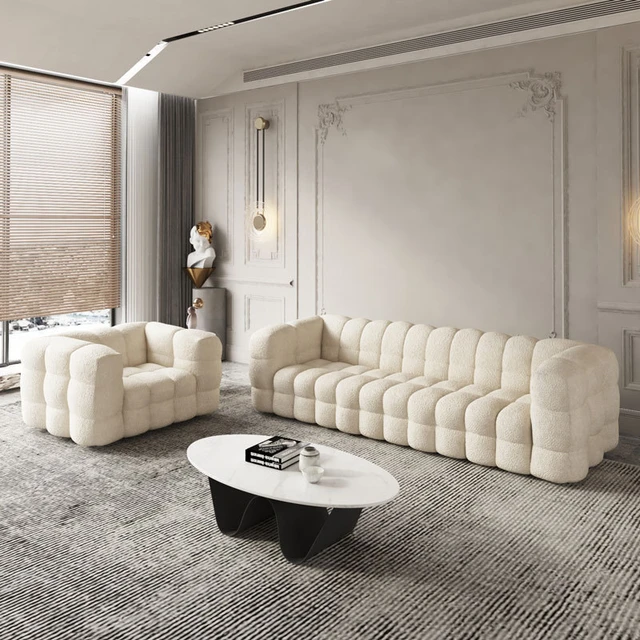 Some general steps to clean a sofa:
Some general steps to clean a sofa:
Cleaning a sofa can vary depending on the material and specific care instructions provided by the manufacturer. However, here are some general steps to clean a sofa:
Check the care label:
Before cleaning, refer to the care instructions provided by the manufacturer. The care label should specify the recommended cleaning method for your particular sofa.
Vacuum the sofa:
Use a vacuum cleaner with a brush attachment to remove loose dirt, dust, and debris from the sofa’s surface and crevices. This helps prevent particles from grinding into the fabric during the cleaning process.
Spot clean stains:
For small stains, prepare a solution of mild detergent and warm water. Test the solution on a hidden or inconspicuous area of the sofa to ensure it won’t cause discoloration or damage. Use a clean cloth or sponge dipped in the solution to gently blot the stain, working from the outside in. Avoid rubbing or scrubbing, as this can spread the stain or damage the fabric. Rinse the cloth or sponge with clean water and continue blotting until the stain is removed. Blot the area with a dry cloth or paper towel to absorb excess moisture.
Deep clean the fabric:
If the care label allows, you can deep clean the fabric of your sofa. This can be done by using a fabric cleaner specifically designed for your sofa’s material. Follow the instructions on the cleaner, and make sure to test it on a hidden area first. Use a soft brush, sponge, or cloth to apply the cleaner to the surface of the sofa, working in circular motions. Rinse off the cleaner with a clean, damp cloth or sponge. Be careful not to over-saturate the fabric, as excessive moisture can damage it.
Dry the sofa:
After cleaning, allow the sofa to air dry thoroughly. Open windows or use fans to facilitate the drying process. Avoid sitting or using the sofa until it is completely dry to prevent any potential damage or color transfer.
Professional cleaning:
For heavily soiled or delicate fabrics, it may be best to hire a professional upholstery cleaner. They have specialized equipment and knowledge to handle different fabric types and provide a deep and thorough cleaning.
Remember to always follow the manufacturer’s care instructions and exercise caution when cleaning to avoid damaging the sofa. Regular maintenance and prompt attention to spills or stains will help keep your sofa clean and prolong its lifespan.
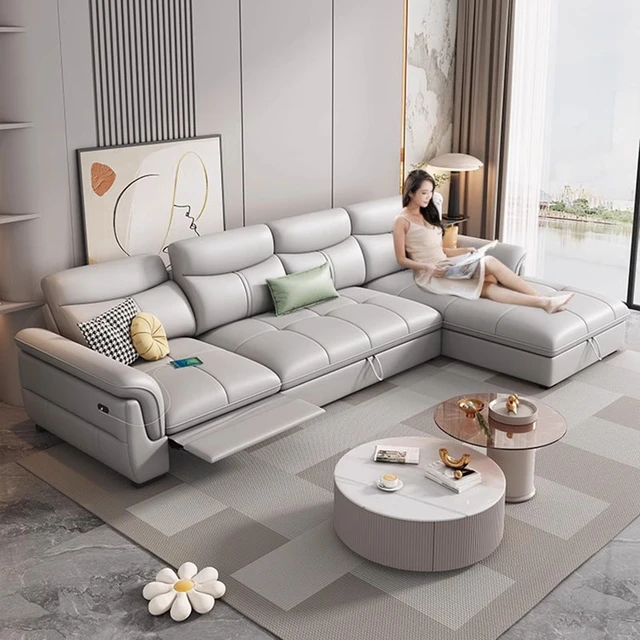 Conclusion:
Conclusion:
The average sofa size plays a significant role in determining the functionality, comfort, and aesthetic appeal of your living room. Understanding measurement considerations and popular sofa types can assist in selecting the right size for your space. Consider factors such as width, depth, and height to ensure a comfortable seating capacity and a visually pleasing arrangement. Take into account room size, seating needs, visual harmony, and any constraints related to doorways and hallways. By considering these factors, you can confidently choose a sofa size that enhances your living space and provides a cozy and inviting atmosphere for years to come.

